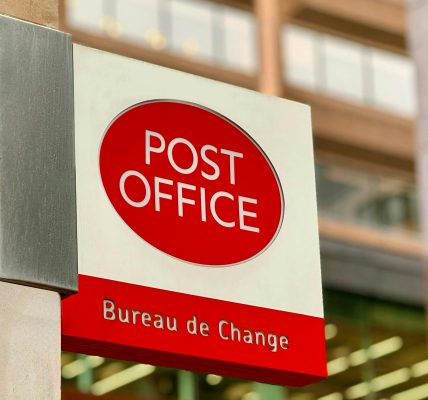A passenger aircraft was forced to return to Stansted airport after floodlights used to film an advert caused thermal damage to several passenger windows which came loose in-flight.
The Air Accidents Investigation Branch (AAIB) bulletin for June 2024 states the incident occurred with a Titan Airways A321Neo (registration G-OATW), on 4 October 2023.
The aircraft with 11 crew and nine passengers onboard had departed London Stansted on a positioning flight to Orlando, Florida, USA.
After take-off, several passengers noticed the aircraft cabin seemed colder and nosier than usual after the aircraft levelled off at 10,000 feet.
The bulletin details that a crew member “observed the window seal was flapping in the airflow and the windowpane appeared to have slipped down,” near the overwing exits.
The aircraft returned safely to Stansted and after landing the crew discovered two cabin window assemblies were missing, and a windowpane and seal were dislodged on a third window.
The window assembly on the Airbus A321Neo aircraft consists of two windowpanes and a rubber seal, which is held in place with a rubber retainer.
A third windowpane is attached to the cabin trim, known as a scratch pane, is the window passengers can touch from the inside the cabin.
The outer and inner windowpanes are made of stretched acrylic and requires cast acrylic to be heat soaked until it is softened and moulded into shape.
The day before the incident, six Maxibrute halogen light arrays with a combined power output of 72,000 watts were positioned on either side of the aircraft for filming and where in situ for between four to five and half hours.
The AAIB ascertained the lights were positioned closer to the aircraft than the minimum recommended distance and the acrylic windows absorbed infra-red radiation which had a limited ability to dissipate.
The temperature of the acrylic windowpanes increased to the point where the material softened and started to deform, resulting in the windowpanes shrinking by 6%.
The AAIB report states: “The manufacturing process specification indicates a maximum of 10% shrinkage at 110°C, so it is likely these windows achieved a temperature was approaching this value.”
The gaffer (chief lighting technician), responsible for positioning the lighting on set was unaware there was a manufacturer’s datasheet for the halogen lights which should have been consulted prior to filming.
The manufacturer’s datasheet recommends their halogen lights are placed at least 10 metres from the object, rather than 6 to 9 metres used by the production company.
However, Maxibrute only provide guidance for the use of a single halogen light rather than six lights in unison.
Although the film production company had completed a risk assessment, no risks arising from the use of the halogen lights were identified.
The risk assessment was independently reviewed by the tour operator, airline, airport authority and fixed base operator but this omission went undetected.
Following this incident, Airbus Industry and the European Union Aviation Safety Agency (EASA) published safety notices to airlines highlighting the possible adverse effects of using lighting near aircraft.
